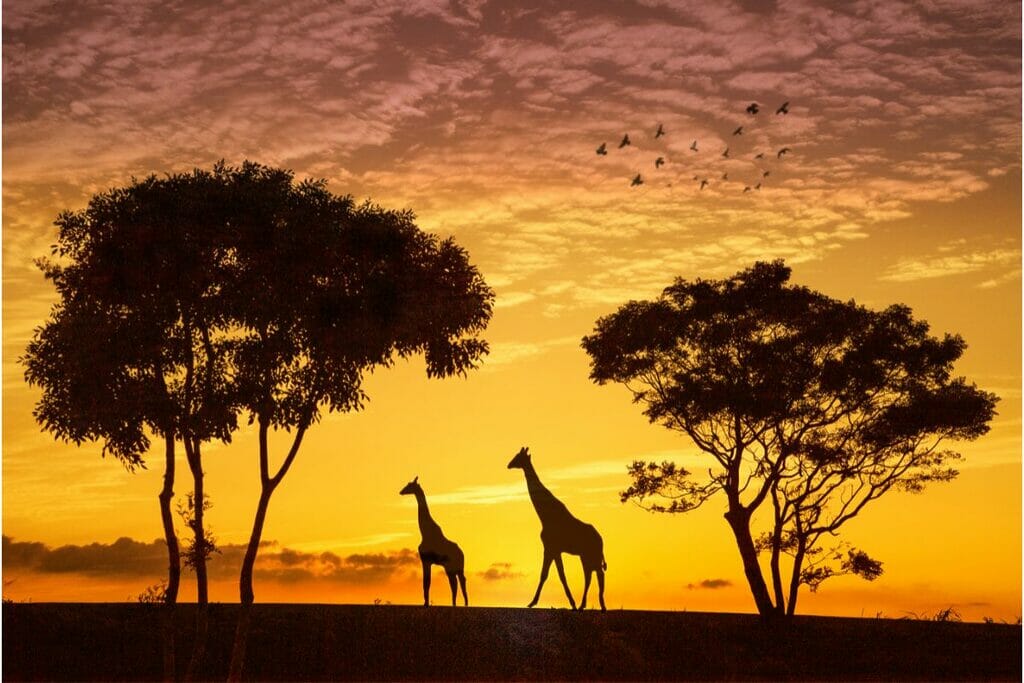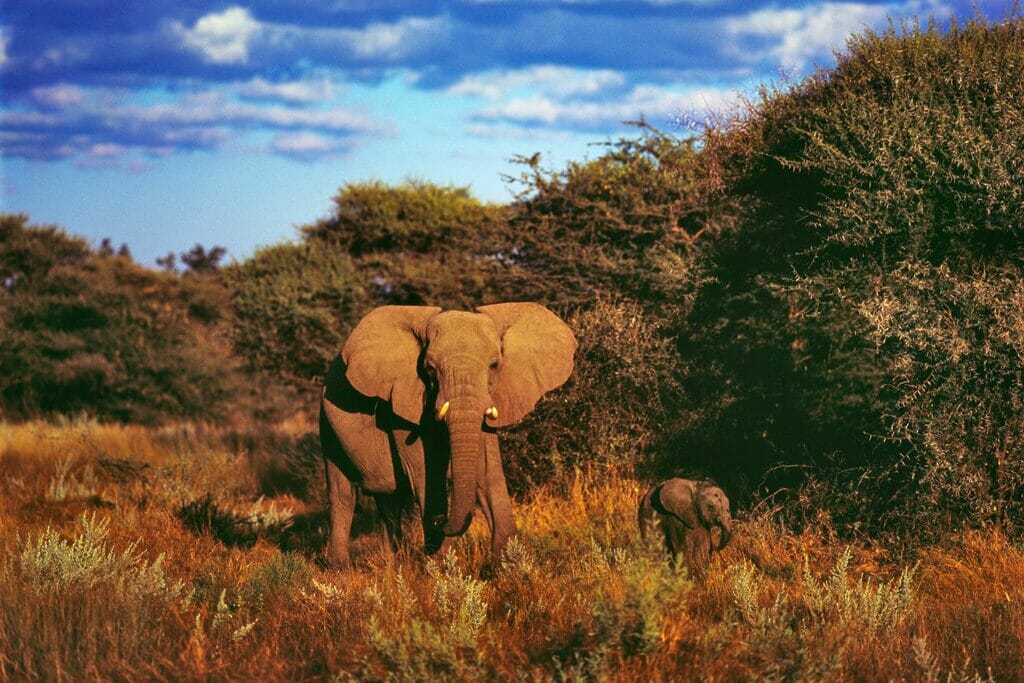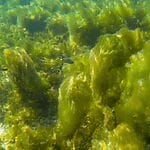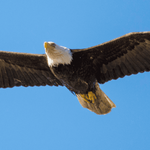Wildlife trafficking is a huge problem in many areas of the world, not just from an animal rights perspective, but from a biodiversity and human rights standpoint as well.

This is why there are so many organizations around the world working hard to combat wildlife trafficking and keep animals, ecosystems and communities safe from harm.
But how do these organizations combat such a complex and widespread issue? Wildlife conservation charities employ a combination of various methods to stop the practice of wildlife trafficking.
In this article, we will be exploring the ways in which conservation organizations are tackling wildlife trafficking each day.
Why Are Organizations Fighting Wildlife Trafficking?
When you start researching wildlife conservation organizations, you’ll see that there are hundreds of them all over the world working to save global wildlife. This, in part, involves stopping wildlife trafficking.
But why are there so many organizations fighting against wildlife trafficking? Why is this such an urgent problem?
Many people mistakenly believe that stopping wildlife trafficking is simply a matter of enforcing animal rights, but this is not the case.
Although ending the animal cruelty that comes hand in hand with wildlife tracking is, of course, extremely important, wildlife trafficking has far-reaching consequences that extend beyond animal suffering.
Wildlife trafficking (see also: Why Wildlife Trafficking Is More Harmful Than You Think)destroys habitats and ecosystems and decreases biodiversity in the process. This causes imbalances in food chains and depletes natural resources, impacting local communities in the process.
How Organizations Combat Wildlife Trafficking

1. Raising Awareness
One of the most important jobs that conservation organizations do is raising public awareness about the problem of wildlife trafficking.
The reality is that as amazing as these organizations are, they can only do so much by themselves.
Because wildlife trafficking is ultimately done to supply a demand for exotic animals and wild animal parts as well as plant materials, members of the public need to be aware of this so that they can avoid certain products and stop contributing to the demand.
The general public can help to stop the illegal wildlife trade by not participating in tourist experiences involving wild animals, only buying sustainably sourced products, and not buying jewelry or decorations made from wild animal parts such as teeth (even if they are being sold at legal markets).
Steering clear of the wildlife pet trade and not consuming exotic wild meats also helps to decrease the demand for wildlife trading.
Raising awareness of wildlife trafficking can also help to educate the public on signs to look out for. If people are able to spot instances of illegal wildlife trading, they will be able to report it so that the perpetrators can be held accountable.
Finally, by raising awareness, organizations against wildlife trafficking encourage people to donate to their cause.
They can then use these donations to fund the other methods of combating wildlife trafficking outlined below.
2. Identifying Trafficking Routes
The best way to stop wildlife trafficking in its tracks is to identify the routes that poachers and traffickers use to transport animals.
If rangers are able to intercept poachers on these routes, they’ll be able to arrest them and return the animals to their environment.
Using money donated by the public, wildlife conservation organizations can also close up these routes to make it more difficult for traffickers (see also: Wildlife Trafficking Crime Statistics: A Full Breakdown)to operate in the area in the future.
3. Supporting Rangers
We mentioned earlier how rangers play a key role in intercepting and apprehending wildlife traffickers.
However, in order to operate effectively, rangers and the parks that they work for need funding, and organizations can help with this.
By financially supporting rangers, wildlife conservation organizations (see also: How To Create A Wildlife Conservation Organization: Step-By-Step Guide)can help to fund vehicles and other necessary equipment.
Additionally, by exposing trafficking routes, conservation organizations make rangers’ jobs easier.
4. Petitioning Governments
Conservation organizations do important work in the form of petitioning governments to make meaningful changes to the law.
In many areas of the world, laws regarding wildlife trafficking are either incomplete, not worded clearly, or outdated.
This leaves loopholes for wildlife traffickers to continue what they are doing and also means that existing laws often can’t be properly enforced.
Many people feel that petitions aren’t an effective way of creating change, but we can see just how helpful petitions can be by looking at the successes achieved by the WWF (World Wide Fund for Nature) in recent years.
As a result of organizations such as the WWF petitioning governments, the Hong Kong government agreed to shut down ivory markets by 2021 and putting pressure on the UK government has led them to take banning ivory trading more seriously.
Frequently Asked Questions
Does The WWF Stop Poaching?
Yes, the WWF works hard to stop illegal wildlife trafficking and poaching. The organization does this through a combination of petitioning governments for stricter laws on poaching while supporting and organizing training for anti-poaching patrols.
By investing in both of these methods of preventing poaching, the WWF helps to ensure that poaching is easier to intercept while increasing penalties for those caught poaching.
Why Is It Hard To Stop Wildlife Trafficking?
You might think that because so many organizations are pushing for an end to poaching and wildlife trafficking that it would be easy to stop (see also: Can You Help To Stop Wildlife Trafficking? Yes You Can, And Here’s How)the practice at this point. However, this is unfortunately far from being the case.
The reason for this is that despite petitioning, many governments around the world still don’t have clear or easily-enforceable laws regarding wildlife trafficking.
Additionally, as technology continues to advance, poachers are able to use more sophisticated methods of evading rangers and the authorities.
Which Country Has The Biggest Animal Trafficking Problem?
It’s difficult to say which country has the biggest problem with animal and wildlife trafficking (see also: Why Animal Trafficking Is A Problem)because so many poachers manage to slip under the radar.
However, estimates show that Zimbabwe is the country experiencing the most animal trafficking due to poachers, with Kenya coming in at a close second.
What Is The Punishment For Wildlife Trafficking?
Many countries do have laws in place stating the potential punishments for being caught trafficking wildlife.
However, the issue is that because of the wording and other logical issues, many of these laws are difficult to enforce.
In theory, poachers and wildlife traffickers should face punishments ranging from losing their hunting (or fishing) privileges and/or equipment to time in jail.
What Are The Most Trafficked Wildlife Products Worldwide?
Pangolin body parts and products are trafficked more than any other wildlife product in the world.
However, it is also very common for elephants and rhinoceros to be targeted by poachers for their tusks and horns.
Certain marine animals such as sharks are also sought after by wildlife traffickers at an alarming rate.
Final Thoughts
Wildlife conservation organizations use various methods to tackle the issue of wildlife trafficking.
Beyond raising awareness to decrease consumer demand for trafficked wildlife and increase rates of reporting, organizations help to identify and block off trafficking routes, fund and train rangers, and petition governments worldwide to crack down on illegal wildlife trade.
The hope is that by continuing these methods with support from the public, conservation organizations will be able to make a difference to our world’s ecosystems by putting an end to wildlife trafficking altogether. However, there is still a long way to go.









